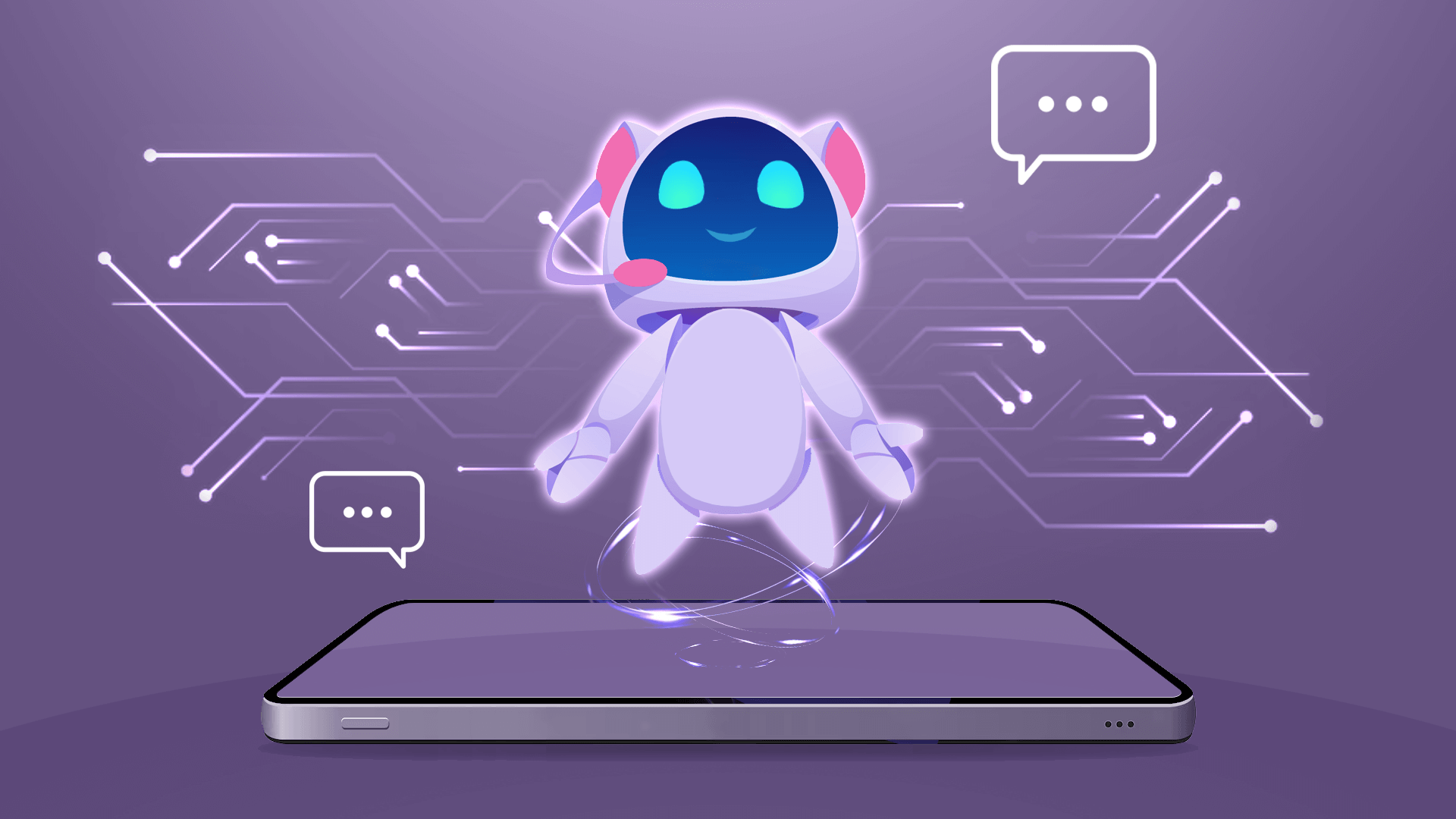
From OpenAI’s DALL-E to ChatGPT-4: The Impact of AI Chatbots and Claude AI on Modern Communication
The rise of artificial intelligence has transformed our world in countless ways, but perhaps nowhere is its impact more profound than in the realm of communication. From OpenAI’s innovative DALL-E to the conversational prowess of ChatGPT-4 and the advancements brought by Claude AI, these technologies are revolutionizing the way we interact, both personally and professionally. This article delves deep into the evolution, influence, and future of AI chatbots, exploring their journey and the transformative effect they have on modern communication.
The Evolution of AI Chatbots
Early Days of AI in Communication
Artificial intelligence has a rich history, but its application in communication is a relatively recent development. In the early days, AI was primarily used for data analysis and automation, with limited interaction capabilities. The concept of chatbots dates back to the mid-20th century, with the creation of programs like ELIZA and PARRY, which simulated conversation but were rudimentary by today’s standards.
The true potential of AI in communication began to emerge with the advent of machine learning and natural language processing (NLP). These technologies enabled chatbots to understand and generate human-like text, paving the way for more sophisticated interactions.
Breakthroughs with DALL-E and ChatGPT
OpenAI has been at the forefront of AI innovation, introducing groundbreaking models that have redefined the possibilities of AI communication. DALL-E, an AI system capable of generating images from textual descriptions, showcased the creative potential of AI. By understanding complex language inputs and producing corresponding visual outputs, DALL-E demonstrated how AI could bridge the gap between different forms of communication.
ChatGPT, particularly its fourth iteration, ChatGPT-4, took AI conversational abilities to new heights. Leveraging vast datasets and advanced algorithms, ChatGPT-4 can engage in nuanced, context-aware conversations. This model excels in understanding context, maintaining coherence over extended dialogues, and providing insightful, relevant responses. Its impact on customer service, content creation, and even personal interactions has been transformative.
Understanding Claude AI
What is Claude AI?
Claude AI, developed by Anthropic, represents another leap in AI chatbot technology. Named after Claude Shannon, the father of information theory, Claude AI focuses on safety and reliability in AI communication. It is designed to handle complex queries and provide accurate, trustworthy information, making it a valuable tool in various domains, from customer support to educational assistance.
Key Features and Innovations
Claude AI distinguishes itself with several innovative features:
- Safety-Centric Design: Emphasizes ethical considerations and user safety, minimizing the risk of harmful outputs.
- Contextual Understanding: Advanced NLP capabilities allow it to comprehend and respond to intricate queries effectively.
- Versatility: Adaptable across different industries and applications, from healthcare to finance, offering tailored solutions.
Impact on Modern Communication
Enhancing Customer Service
AI chatbots have revolutionized customer service by providing instant, accurate responses to customer inquiries. This shift has led to improved customer satisfaction and reduced operational costs for businesses. ChatGPT-4, for instance, is used by companies to handle customer queries efficiently, offering personalized solutions and freeing up human agents for more complex tasks.
Explore more about how AI chatbots are transforming user experience
Personalization in Digital Interactions
One of the most significant benefits of AI chatbots is their ability to personalize interactions. By analyzing user data and preferences, AI systems like Claude AI can tailor responses to individual needs, creating a more engaging and satisfying user experience. This personalization extends to marketing, where AI-driven campaigns can target users with relevant content, enhancing engagement and conversion rates.
Case Studies and Real-world Applications
AI in Healthcare Communication
In healthcare, AI chatbots are transforming patient care and administrative tasks. They can handle appointment scheduling, provide medical information, and even assist in diagnosing conditions based on symptoms described by patients. For example, AI-driven platforms like Babylon Health use advanced chatbots to offer medical consultations, improving access to healthcare services and reducing the burden on healthcare providers.
Discover how AI is revolutionizing healthcare communication
AI in E-commerce and Customer Support
E-commerce businesses leverage AI chatbots to enhance customer experiences and streamline operations. ChatGPT-4 is employed to assist customers with product inquiries, provide personalized recommendations, and handle post-purchase support. This application not only boosts customer satisfaction but also drives sales and loyalty.
Learn more about AI in customer support and e-commerce
Ethical Considerations and Challenges
Privacy Concerns
The use of AI in communication raises significant privacy concerns. AI systems collect and analyze vast amounts of data, potentially exposing sensitive information. Ensuring data security and user privacy is paramount, requiring robust encryption, strict data handling policies, and transparency about data usage.
Mitigating Bias in AI
Bias in AI models is another critical challenge. AI systems learn from existing data, which may contain biases that get perpetuated in AI outputs. Addressing this issue involves developing more diverse training datasets, implementing bias detection mechanisms, and continuously refining algorithms to promote fairness and equality.
Future Trends in AI Communication
Predictions for the Next Decade
The future of AI chatbots promises even more advanced capabilities and broader applications. We can expect improvements in natural language understanding, enabling more human-like interactions. AI will likely become more integrated into everyday life, assisting with personal tasks, professional communication, and beyond. Innovations such as real-time language translation and emotion recognition will further enhance the conversational experience.
Read about the role of AI in mobile app development
The Role of AI in Global Connectivity
AI chatbots will play a crucial role in bridging communication gaps across different cultures and languages. By offering real-time translation and context-aware responses, AI can facilitate global interactions, fostering understanding and collaboration in an increasingly interconnected world.
Conclusion
Reflecting on the Impact
The journey from OpenAI’s DALL-E to ChatGPT-4 and Claude AI highlights the transformative impact of AI chatbots on modern communication. These technologies have not only enhanced the efficiency and personalization of interactions but also opened new avenues for innovation and connectivity.
Looking Forward: The Future of AI Chatbots
As AI continues to evolve, its role in communication will become even more integral. By addressing ethical challenges and leveraging advancements in technology, AI chatbots will continue to shape the future of how we interact, both personally and professionally. The possibilities are limitless, and the journey has just begun.



